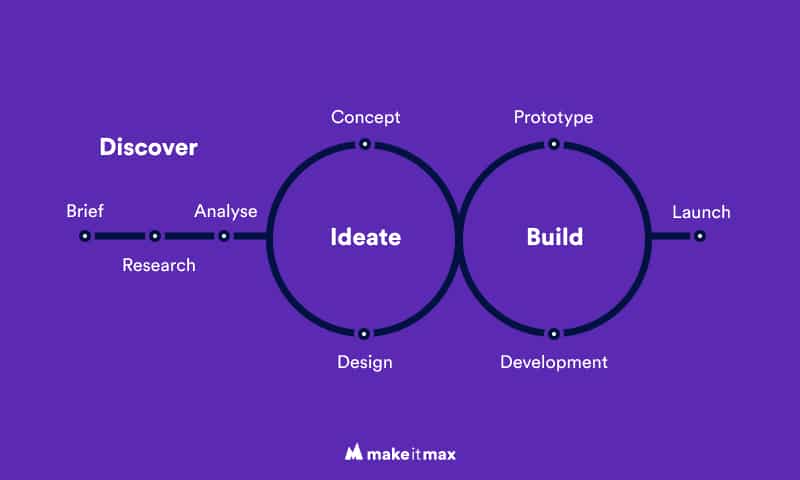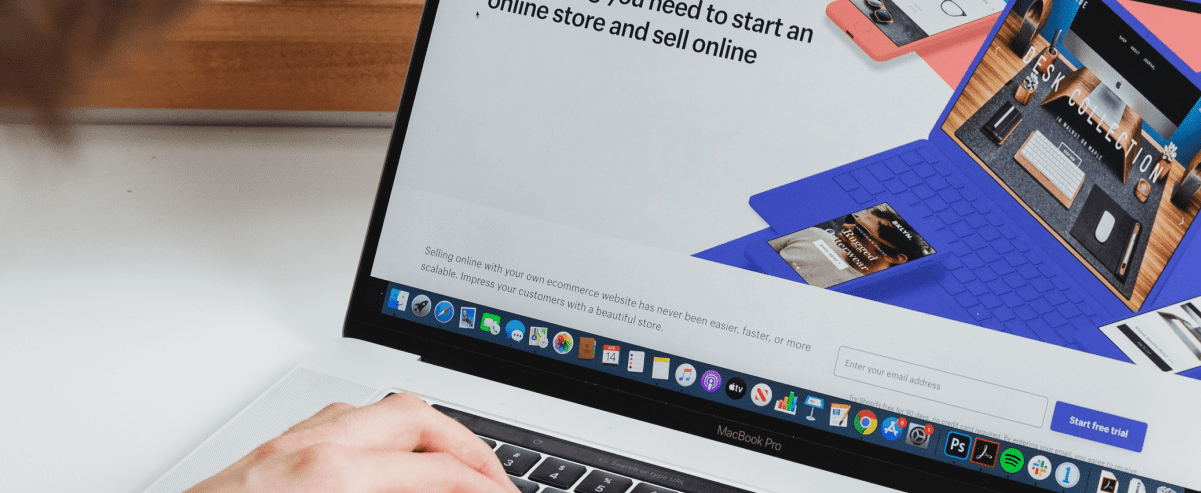How I realized UX design is everything
User Experience design is very, very old, but the first person who introduced us to the term is Donald Norman, in his most famous book The Design of Everyday Things (2013). He believes that every product should be designed with the user’s needs in mind. And well, that right there is actually the easiest explanation of what UX design is all about.
For me this realization began when I worked as a graphic designer at a media company. We had this client who wanted a website for his business (with a desire to generate more leads or sell more services, or whatever). Involved in this project was an account manager – the one who wheeled in the client, a product manager who would set up the project and guide the designers and developers, and a strategist and marketeer who wanted to realize the client’s goals. So, that’s a minimum of 6 people involved in this project who all have something to say about the new product.
But no users.. for who the product is actually meant for.
UX design is about designing a product with the user’s needs in mind.
I saw all these people having their own opinions and wishes, but no one to vouch for the end-user. You can make the most beautiful and most technical masterpiece, but if you don’t understand your user’s needs, you can never know for sure if they’re actually going to find it useful or attractive. And ultimately, use it!
And that, my new friend, is where UX design comes in.
It starts with the user
Before you have even written a semicolon of code, you need to understand what drives your users, what they are attracted to and where they are. Conducting user research will give you this information and with it you can write a fake user profile called the persona. With the persona you can put yourself in your user’s shoes more easily and get familiar with their actual needs.
UX design is mostly used in the digital realm, but it also comprehends non-digital items like.. all of them! Everything in our day-to-day lives is designed with some sort of thought process behind it on how it should be used, from as simple as a cocktail glass to something much more complex like a car center console.
Just think about it for a moment. Someone (not da Vinci, FYI) came up with scissors to cut a piece of paper in half! It’s definitely easier than using a knife thanks to the finger holes that let you move the blades, held in place by a pin, up and down. Now that’s what we call problem-solving for humans.
Conventions and learning curve in UX design
When using a new product for the first time, you might find yourself struggling at first with all the different functions. Like, for example, with a new espresso machine, it has all kinds of switches and knobs and you might once or twice end up with a double shot instead of the single shot. But, after a while, you barely have to think about the steps that go into making a delicious cup of hot espresso in the morning. Some products have something that is called a learning curve; you need to understand it before you can properly use it.
A lot of companies make use of the learning curves that have already been mastered by most people. The very first smartphone you owned was difficult to understand (especially when we had to switch from the good old Nokia 3310 keypads to QWERTY), but if you tried right now, I bet you could almost send a text with your eyes closed. Most people don’t think about this, and that’s the whole point of good user experience. Don’t make people think (or more than they have to). As a User Experience designer, I want to make everything as simple and accessible as possible and avoid overloading the cognitive abilities of our users.
The process of UX design
Throughout the whole process of realizing a new product, a UX designer is involved to make sure the end-users are not forgotten. We think about things from the easiest way to upload an image or multiple images at once, to how many characters a text should be in a product description, how to set up different variables like checkboxes or radio buttons, the tone of voice and the overall user journey.
After this, the visual part comes in. The end product should have a pleasing look and feel with consistent elements throughout the experience. This is also called the User Interface design and is a slice of the UX design pie. And that’s it, right? We did our research, vouched for the users and built a beautiful product that is easy to use. We’re definitely going to reach marketing targets, everybody happy!

Don’t pop the champagne just yet.
Before launching the new product, we want to know for sure if the design is a winner. Because it’s going to be a lot harder and expensive to fix pain points after development. That’s what user testing is for, with real life users to receive valuable and factual feedback. Let the participants intuitively navigate through a functional prototype while a neutral observer documents their steps and thoughts. The surprising thing about these user tests is that you always find out how users look at things differently in a way you yourself would’ve never thought of.
Even after the delivery of the product, you’re maybe at 80% tops. User testing, and UX design in general, should be an iterative process to lock in the future of the product and to keep evolving with your users and the market. Users will love you for it and are more likely to stay loyal when they feel noticed and valued. No one is happy until the user is happy.
There are a variety of tests to use, for example A/B testing to find out if changes lead to improvement or failure, or heatmaps for a graphical representation of how users interact with a digital platform and if they reach important content. With these findings you can make low-risk changes and then.. test, test, test again!
Why UX design is so much fun
The thing I find very cool about UX design is that there is a psychological facet to it. Even with all the research, you try to predict human behaviors. And sometimes you guess right and sometimes you get it completely wrong. People just keep surprising me! Thank you for reading and I hope I answered your question on ‘What is UX design’. 🙂
Hey, could you use an experienced UX designer for your next project? Give Sara a call or schedule an introduction chat at our HQ tiki bar!






0 Comments